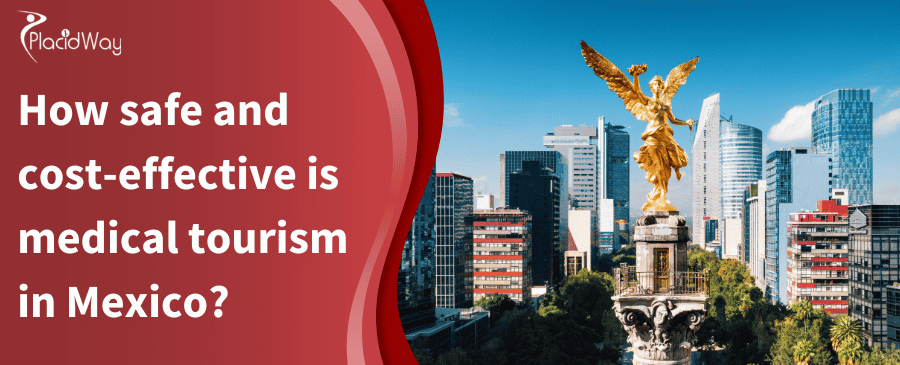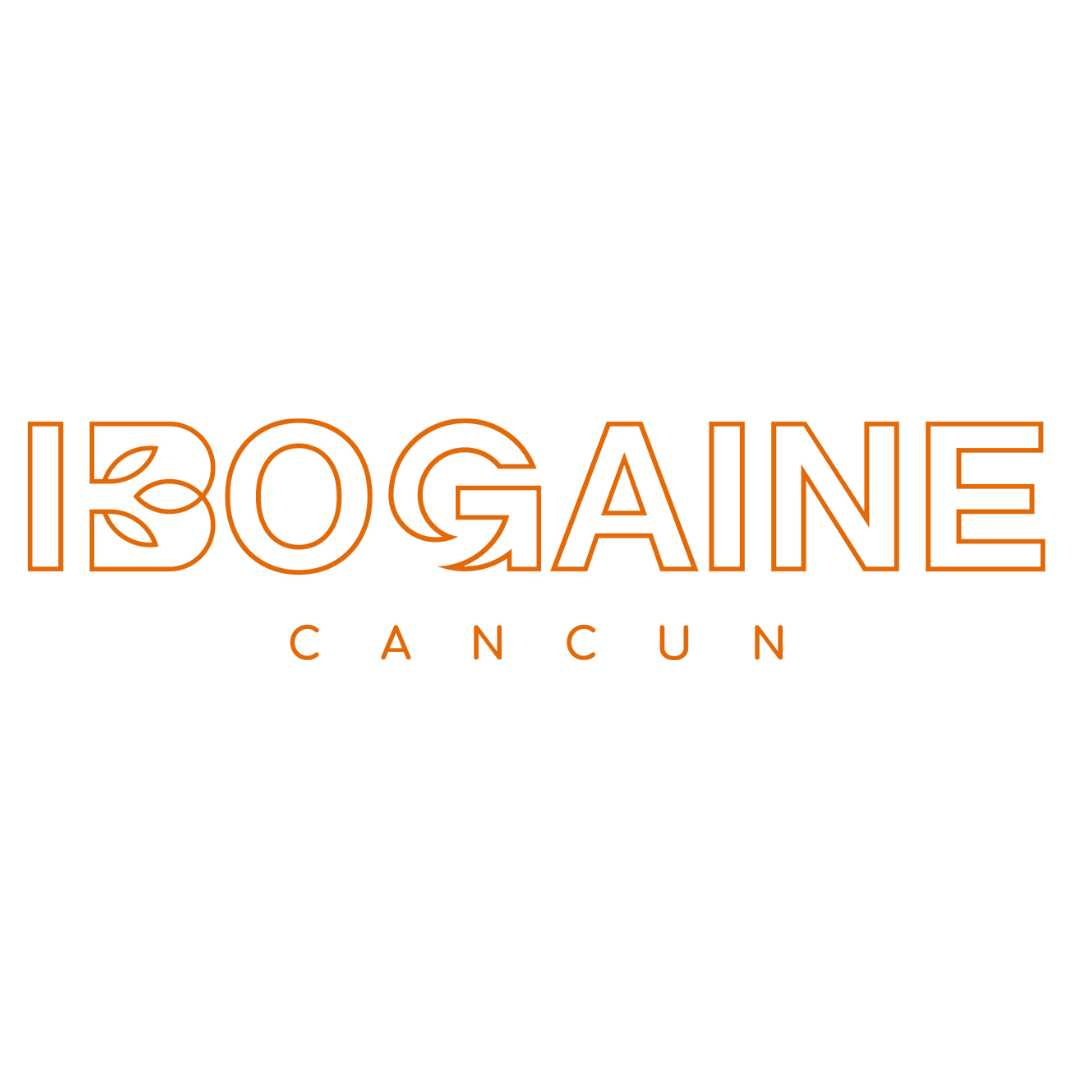Why Mexico is the Perfect Choice for Safe and Affordable Medical Tourism

Thinking about heading to Mexico for a medical procedure? You're joining a growing trend. Mexico has firmly established itself as a leading destination for medical tourism, attracting millions of people, especially from the United States and Canada. The primary draws are obvious: significant cost savings and access to high-quality healthcare. But the crucial question remains: how safe and cost-effective is medical tourism in Mexico? The answer is that it can be both very safe and remarkably affordable, but this outcome is not guaranteed. It hinges entirely on careful planning, diligent research, and making informed choices. While Mexico is home to world-class, internationally accredited hospitals and highly skilled surgeons, the landscape also includes uncertified clinics and practitioners who may not meet international standards.
The appeal of saving thousands of dollars on procedures like dental work, cosmetic surgery, and bariatric treatments is undeniable. These savings are not due to lower quality but are a result of Mexico's lower cost of living, less expensive medical education, and reduced administrative and insurance costs for practitioners. This guide is designed to provide a clear-eyed view of the medical tourism scene in Mexico for 2025. We'll explore the real costs, the standards of care you can expect, how to verify credentials, and the potential risks involved, so you can decide if a medical journey south of the border is the right choice for you.
Is Medical Tourism in Mexico Generally Safe?
The safety of your medical journey to Mexico is directly tied to the quality of the facility and medical team you choose. Mexico has a dual healthcare system: public and private. Medical tourists almost exclusively use the private system, which often features state-of-the-art technology and doctors with international training. Many top-tier private hospitals in cities like Mexico City, Guadalajara, and Tijuana are accredited by international bodies, ensuring they meet rigorous global standards for patient care and safety.
However, it's crucial to be aware of general travel advisories for Mexico. While millions visit safely each year, some regions experience high levels of crime. Medical tourists should stick to well-known tourist and medical zones, avoid traveling at night, and exercise the same common-sense precautions they would in any unfamiliar city. The key is to separate general travel risks from the quality of medical care, which can be excellent in the right hands.
How Much Can You Save with Medical Tourism in Mexico?
The primary motivation for most medical tourists is the dramatic cost difference. These savings are not a reflection of lower quality but are due to economic factors. The cost of living, operational expenses for clinics, and salaries are all significantly lower in Mexico. Furthermore, Mexican doctors do not have the massive student loan debt common in the U.S. and have lower malpractice insurance costs, allowing them to pass those savings on to patients.
Here’s a comparison of average costs for popular procedures:
| Procedure | Average Cost in the US | Average Cost in Mexico |
|---|---|---|
| Dental Implant (Titanium) | $3,000 - $5,000 | $650 - $1,500 |
| Rhinoplasty | $5,000 - $15,000 | $2,500 - $5,000 |
| Gastric Sleeve Surgery | $15,000 - $25,000 | $4,000 - $7,000 |
| Porcelain Veneer (per tooth) | $900 - $2,500 | $250 - $500 |
These prices often include not just the procedure but also consultations, hospital fees, and sometimes even accommodation and transportation, making the value proposition even more compelling.
Are Hospitals in Mexico Accredited to International Standards?
Accreditation is a critical benchmark for quality and safety. When vetting a hospital in Mexico, look for these key certifications:
- Joint Commission International (JCI): This US-based organization is the global gold standard for hospital accreditation. A JCI-accredited hospital meets standards comparable to those in the United States. Mexico has several JCI-accredited facilities, primarily in major cities.
- General Health Council (CSG): This is Mexico's national accreditation body (Consejo de Salubridad General). Its standards are modeled after and aligned with JCI, making it a reliable indicator of quality. Since 2009, all private hospitals are required to obtain this national certification.
- American Association for Accreditation of Ambulatory Surgery Facilities (AAAASF): This is another important accreditation for outpatient surgery centers, ensuring they meet high safety standards.
Always verify a hospital's accreditation on the official websites of these organizations. Reputable facilities will proudly display their certifications.
How Qualified Are Doctors and Surgeons in Mexico?
The quality of surgeons in Mexico's private sector is often excellent. Many pursue specialized training abroad and are members of international medical societies. To ensure your surgeon is properly qualified, you should verify that they are board-certified. This is a crucial step.
For example, if you are considering plastic surgery, your surgeon must be certified by the Mexican Council of Plastic, Aesthetic and Reconstructive Surgery (CMCPER). This certification ensures they have completed the required specialty training and must be renewed every five years. Reputable surgeons will be transparent about their credentials and will often list their certification numbers on their websites, which you can verify.
Is it Safe to Get Cosmetic Surgery in Mexico?
Mexico is one of the top countries in the world for the number of cosmetic surgeries performed annually. The key to a safe and successful outcome lies in rigorous research. Do not compromise on qualifications for a lower price. A qualified plastic surgeon will conduct a thorough evaluation of your health, discuss realistic outcomes, and explain the risks involved.
Ask your potential surgeon critical questions:
- Are you board-certified by the CMCPER?
- How many times have you performed this specific procedure?
- Can I see before-and-after photos of your previous patients?
- What is your plan for post-operative care and follow-up?
A trustworthy surgeon will welcome these questions and provide clear, confident answers.
What About Dental Tourism in Mexico? Is It Safe and Affordable?
Dental care is the number one reason for medical travel to Mexico. Cities like Los Algodones (often called "Molar City") and Tijuana have hundreds of dental clinics catering to international patients. The cost savings are immense; a dental crown that costs $1,800 in the US can be as low as $350 in Mexico.
To ensure safety, choose clinics that:
- Are transparent about the materials they use (e.g., high-quality porcelain or zirconia for crowns).
- Follow international sterilization standards.
- Have dentists with excellent credentials and positive patient reviews.
- Provide a clear and detailed treatment plan before starting any work.
Many top Mexican dental clinics use the same globally recognized brands for implants and materials (like Straumann or Nobel Biocare) as clinics in the US.
What Are the Main Risks of Medical Tourism in Mexico?
While the quality of care can be high, it's important to be aware of the potential risks. These include the standard risks associated with any medical procedure, such as infection or adverse reactions to anesthesia. However, medical tourism adds a few unique challenges:
- Follow-Up Care: Managing post-operative care can be difficult once you are back in your home country. Discuss the follow-up plan with your Mexican doctor and see if they can coordinate with your local physician.
- Language Barrier: While most top clinics have English-speaking staff, miscommunication can still occur. Ensure you fully understand all aspects of your treatment.
- Legal Recourse: If something goes wrong, pursuing a malpractice claim in a foreign country can be very difficult and expensive. This is why choosing a highly reputable provider is your best protection.
- Counterfeit Medications: Always ensure medications are sourced from reputable pharmacies associated with your hospital.
How Do I Find a Reputable Doctor or Clinic in Mexico?
Your safety depends on your research. Here is a checklist for vetting a provider:
- Verify Certifications: Check the official websites of the CMCPER (for plastic surgeons) and JCI or CSG (for hospitals).
- Read Independent Reviews: Look beyond the clinic's website. Check Google Reviews, Trustpilot, and specialized medical tourism forums.
- Schedule a Consultation: Have a video call with the surgeon. Ask detailed questions and gauge their professionalism and communication skills.
- Analyze Before-and-After Photos: A good surgeon will have an extensive and consistent portfolio of their work.
- Demand Transparency: Get a detailed, itemized quote with no hidden fees. Understand what is included in the package (e.g., aftercare, medication, hotel stays).
Your health is your most important asset. By investing time in research, you can take advantage of the incredible cost savings of medical tourism in Mexico without compromising on safety or quality. To begin your journey, explore your options for accredited clinics and get free quotes from trusted providers at PlacidWay.


.png)






.png)
.png)






Share this listing